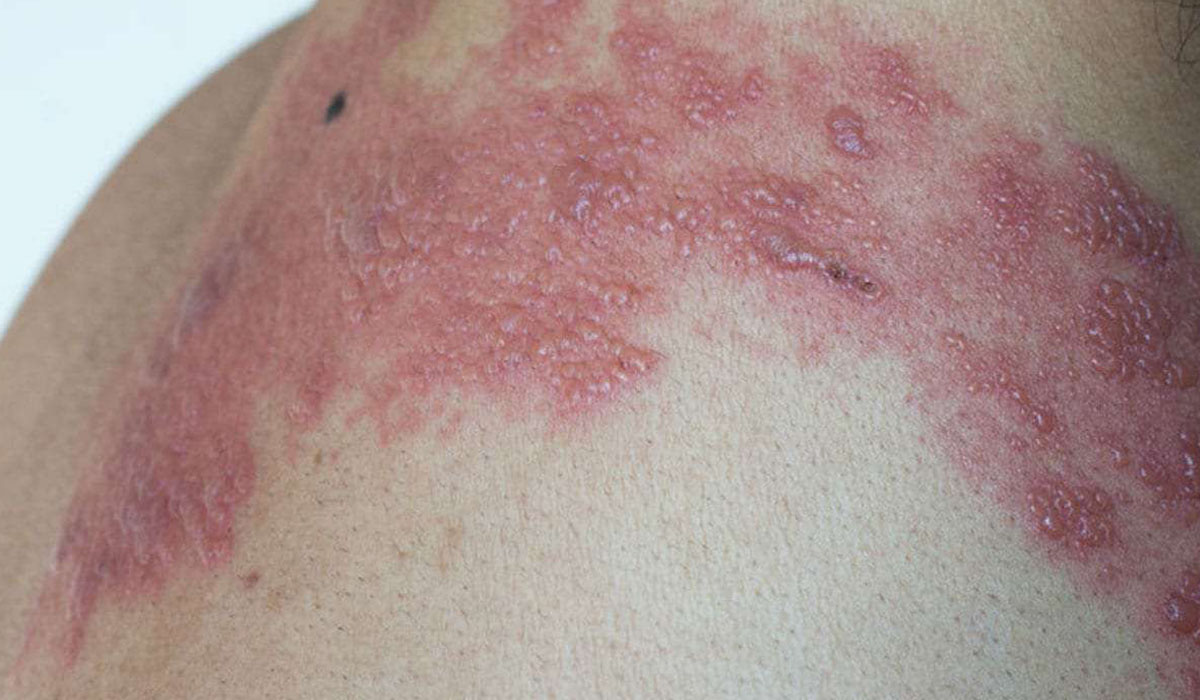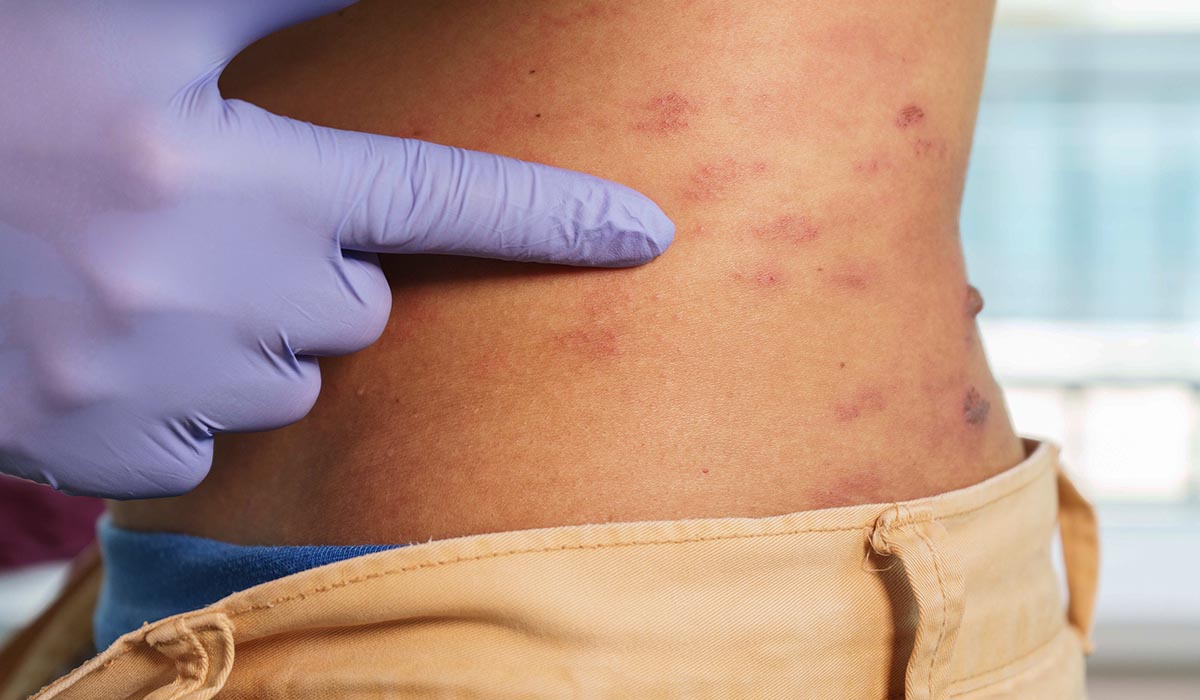Post-Herpetic Neuralgia (PHN) is a chronic pain condition that affects individuals who have previously experienced shingles, a painful viral infection caused by the reactivation of the varicella-zoster virus. Shingles can lead to nerve damage, which in turn causes persistent pain even after the rash has healed. Managing this condition requires a multidisciplinary approach to relieve pain and improve the quality of life for those affected. In this blog, we will explore various treatments for Post-Herpetic Neuralgia, focusing on both conventional and advanced therapeutic options.
Understanding Post-Herpetic Neuralgia
Post-Herpetic Neuralgia occurs when the nerves affected by shingles are damaged, leading to chronic pain. This pain can vary in intensity, from a mild, constant ache to severe, burning sensations. The discomfort can persist for weeks, months, or even years after the shingles rash has disappeared. While PHN is not life-threatening, it can severely impact daily activities and overall well-being.
Causes and Symptoms of Post-Herpetic Neuralgia
Causes:
- Shingles: PHN typically occurs after shingles due to nerve damage caused by the varicella-zoster virus.
- Nerve Damage: The virus can damage the nerves, leading to ongoing pain and discomfort.
Symptoms:
- Persistent burning, stabbing, or aching pain in the areas previously affected by shingles.
- Sensitivity to touch, heat, or cold.
- Tingling or numbness in the affected areas.
- Sleep disturbances and emotional distress due to chronic discomfort.
Comprehensive Treatment Approaches for Post-Herpetic Neuralgia
Managing PHN requires a combination of therapies to target pain relief, improve nerve function, and support overall health. Here are the most effective treatment options:
- Medication Management
- Pain Relievers:
- Over-the-counter medications like acetaminophen and nonsteroidal anti-inflammatory drugs (NSAIDs) can help reduce mild to moderate pain.
- Prescription medications such as anticonvulsants (gabapentin, pregabalin) and antidepressants (amitriptyline, duloxetine) are often used to manage nerve pain effectively.
- Topical Treatments:
- Capsaicin creams or patches can reduce nerve sensitivity and alleviate pain in localized areas.
- Physical Therapy and Rehabilitation
Physical therapy plays a crucial role in managing PHN by strengthening muscles, improving flexibility, and alleviating nerve pain. Techniques such as:
- Electrical Stimulation Therapy (TENS)
- Gentle stretching and mobility exercises
- Massage therapy to improve circulation and nerve function
- Interventional Procedures
For more persistent and severe pain, interventional procedures offer targeted relief. These include:
- Nerve Blocks: Temporary relief by injecting medications directly into the affected nerves.
- Radiofrequency Ablation (RFA): A minimally invasive procedure that uses heat to deactivate nerve signals, providing long-term relief.
- Spinal Cord Stimulation (SCS): A technique where electrodes are implanted to block pain signals from reaching the brain.
- Lifestyle Modifications
Managing stress, adopting healthy sleep habits, and maintaining a balanced diet can significantly improve pain management. Regular physical activity can also enhance nerve function and reduce discomfort.
- Advanced Pain Management at Nexus Advanced Pain Management
At Nexus Advanced Pain Management, we understand the complexity of chronic pain conditions like Post-Herpetic Neuralgia. Our experienced pain specialists offer a comprehensive approach to treatment, combining cutting-edge therapies with compassionate care. Whether it’s medication management, physical rehabilitation, or advanced interventional techniques, our goal is to provide lasting relief and improve the quality of life for patients suffering from PHN.
Conclusion
Post-Herpetic Neuralgia is a challenging condition that requires a tailored approach to pain management. From medication and physical therapy to advanced interventional techniques, a multidisciplinary strategy is essential for alleviating chronic pain and improving overall well-being. At Nexus Advanced Pain Management, we are dedicated to providing personalized care to those struggling with PHN, ensuring they receive the most effective treatments for lasting relief.


